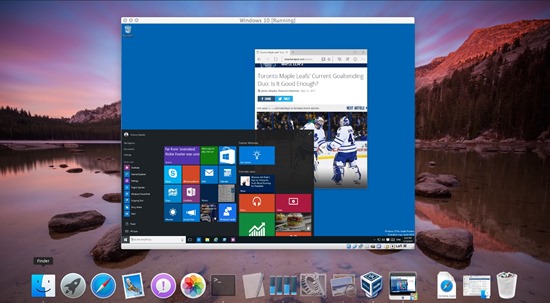

- #VIRTUAL BOX FOR MAC INSTALL#
- #VIRTUAL BOX FOR MAC SOFTWARE#
- #VIRTUAL BOX FOR MAC MAC#
Select Power off the machine and click OK. Click the OS X “ Close” button (the red one in the upper left corner). If Ubuntu doesn’t start loading, and you’re left at a screen with what looks a bit like gibberish, have no fear. Now it’s time to sit back and relax with that cup of coffee or tea. Fill in each field with the required information.  Select the keyboard layout and language you want, then Continue. When prompted, select your Time Zone and then click Continue.
Select the keyboard layout and language you want, then Continue. When prompted, select your Time Zone and then click Continue. #VIRTUAL BOX FOR MAC INSTALL#
It is safe to click Install Now, so do just that. NOTE: this is not going to ‘wipe out’ or erase any data in OS X.
#VIRTUAL BOX FOR MAC SOFTWARE#
Once it’s passed those tests, make sure to place a check in both of the boxes – Download updates while installing and Install this third-party software – then click the Continue button.
Ubuntu will run a quick test to ensure your computer is capable of running on it. Read them, then click the little X to close them. As Ubuntu boots for the very first time, VirtualBox will ‘ pop up’ little messages explaining how the keyboard and mouse will work with your new ‘virtual machine’. Click the “ folder” icon next to menu that says Empty (see screenshot below). Right away you’ll be prompted to locate a file. Almost time to install Ubuntu! Click the Start button. After you’ve made your selection, click Create. If you have a big hard drive, you might as well allocate more rather than less, again – the space won’t be used until it’s needed. That’s enough for the installation and to install quite a few programs. It means that as Ubuntu needs more space, it will allow the “hard drive” to increase up to whatever size you set at this step.Īs illustrated in the screenshot below, I opted to give Ubuntu 8GB. Keep in mind that because you selected “ Dynamically allocated” in the previous step, that does not mean that VirtualBox is going to take up that space right away. At a minimum, you’ll want to select 6GB – and that will not allow for you to install many programs, let alone store files etc. Use the “ slider” to determine the size you want to make the “hard drive” for Ubuntu. Give the “ VirtualBox Disk Image” a name (again, doesn’t really matter, but descriptive is always helpful). Select Dynamically allocated and yep – you guessed it – click Continue. Now select VDI (VirtualBox Disk Image) and click Continue. On the Hard drive screen, select Create a virtual hard drive now and then click Create. When you’ve decided how much memory (RAM) to give Ubuntu, click the Continue button. At a minimum, give Ubuntu at 1GB (1024MB) of RAM. The drawback is that OS X will have less to use while Ubuntu is running. The more memory you give to Ubuntu, the faster it will run. As illustrated in the screenshot below, my total RAM is 4GB, so I allocated half of it to Ubuntu, and the other half to OS X. 
Now you’re going to decide how much memory (RAM) you’re going to allocate to Ubuntu when it’s running, and how much to leave for OS X.Make sure the Type: is set to Linux and the Version: is Ubuntu (64 bit). Give your “ virtual machine” a name (something descriptive is good, but it doesn’t matter).When VirtualBox opens, click the New button.
#VIRTUAL BOX FOR MAC MAC#
Following is the step-by-step guide for you to install Ubuntu on VirtualBox on Mac OSX:







 0 kommentar(er)
0 kommentar(er)
